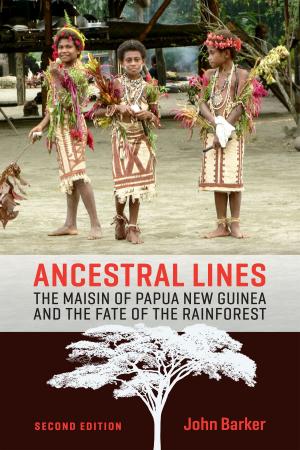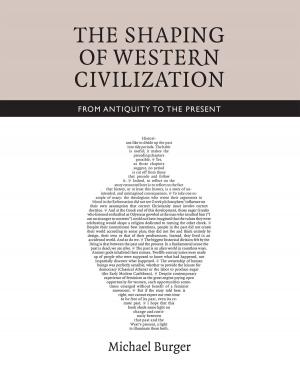Through the Lens of Anthropology
An Introduction to Human Evolution and Culture
Nonfiction, Social & Cultural Studies, Social Science, Archaeology, Anthropology| Author: | Robert J. Muckle, Laura Tubelle de González | ISBN: | 9781442608665 |
| Publisher: | University of Toronto Press, Higher Education Division | Publication: | November 6, 2015 |
| Imprint: | Language: | English |
| Author: | Robert J. Muckle, Laura Tubelle de González |
| ISBN: | 9781442608665 |
| Publisher: | University of Toronto Press, Higher Education Division |
| Publication: | November 6, 2015 |
| Imprint: | |
| Language: | English |
Through the Lens of Anthropology is a concise but comprehensive introductory textbook that uses the twin themes of food and sustainability to illustrate the connected nature of anthropology's four major subfields: archaeology, and biological, cultural, and linguistic anthropology. By viewing the world through the lens of anthropology, students will learn not only about anthropological methods, theories, and ethics, but also the ways in which anthropology is relevant to their everyday lives and embedded in the culture that surrounds them.
Beautifully illustrated throughout, with over 150 full-color images, figures, feature boxes, and maps, this is an anthropology text with a fresh perspective, a lively narrative, and plenty of popular topics that are sure to engage readers. A strong pedagogical framework structures the book: each chapter features learning objectives, glossary terms, and chapter summaries, as well as review and discussion questions which guide students' analysis of the topics, themes, and issues raised in the text. This book is interesting to read, manageable to teach, and succeeds at igniting interest in anthropology as a discipline.
Through the Lens of Anthropology is a concise but comprehensive introductory textbook that uses the twin themes of food and sustainability to illustrate the connected nature of anthropology's four major subfields: archaeology, and biological, cultural, and linguistic anthropology. By viewing the world through the lens of anthropology, students will learn not only about anthropological methods, theories, and ethics, but also the ways in which anthropology is relevant to their everyday lives and embedded in the culture that surrounds them.
Beautifully illustrated throughout, with over 150 full-color images, figures, feature boxes, and maps, this is an anthropology text with a fresh perspective, a lively narrative, and plenty of popular topics that are sure to engage readers. A strong pedagogical framework structures the book: each chapter features learning objectives, glossary terms, and chapter summaries, as well as review and discussion questions which guide students' analysis of the topics, themes, and issues raised in the text. This book is interesting to read, manageable to teach, and succeeds at igniting interest in anthropology as a discipline.















